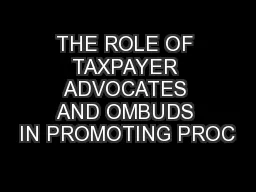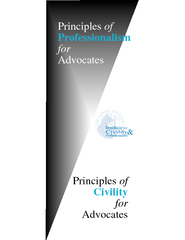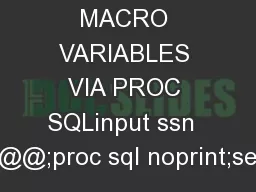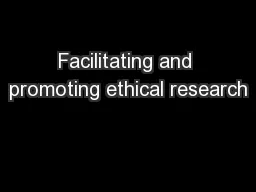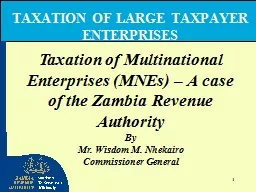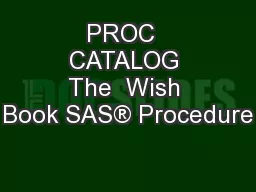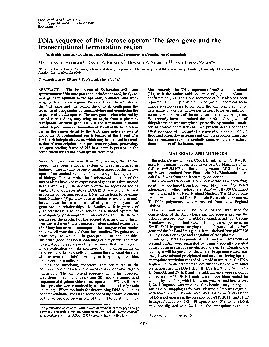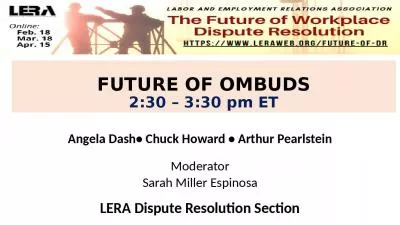PPT-THE ROLE OF TAXPAYER ADVOCATES AND OMBUDS IN PROMOTING PROC
Author : lindy-dunigan | Published Date : 2017-01-15
International Conference on Taxpayer Rights November 2015 Procedural Justice Procedural justice includes two issues fair decision making voice neutrality
Presentation Embed Code
Download Presentation
Download Presentation The PPT/PDF document "THE ROLE OF TAXPAYER ADVOCATES AND OMBUD..." is the property of its rightful owner. Permission is granted to download and print the materials on this website for personal, non-commercial use only, and to display it on your personal computer provided you do not modify the materials and that you retain all copyright notices contained in the materials. By downloading content from our website, you accept the terms of this agreement.
THE ROLE OF TAXPAYER ADVOCATES AND OMBUDS IN PROMOTING PROC: Transcript
Download Rules Of Document
"THE ROLE OF TAXPAYER ADVOCATES AND OMBUDS IN PROMOTING PROC"The content belongs to its owner. You may download and print it for personal use, without modification, and keep all copyright notices. By downloading, you agree to these terms.
Related Documents

